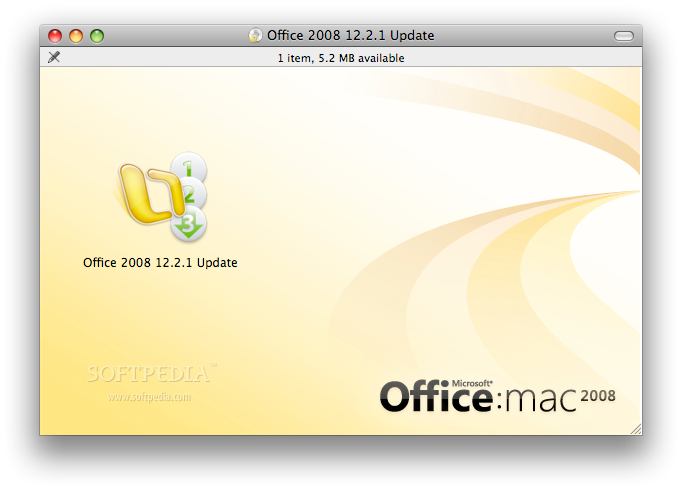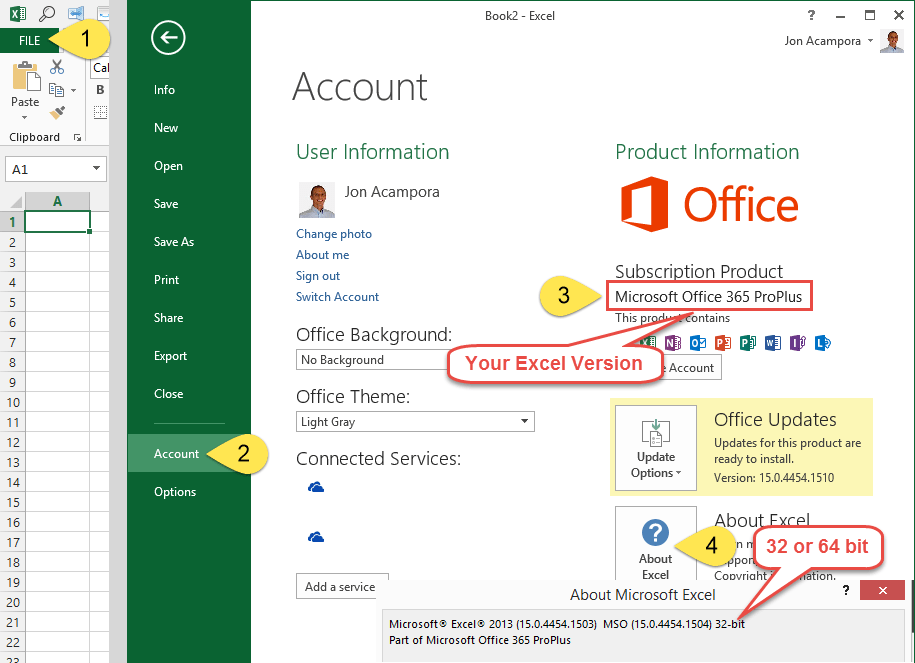
1 the PivotTable toolbar is shown in fig. The original data source is shown in fig. The graphics below illustrate how fields selected in a PivotTable Field List are displayed in the PivotTable report. If a PivotTable category contains multiple fields, the lower fields are displayed in the PivotTable report as cascading sub-entries of the top field. 3 in The PivotTable Field List Illustrated will record these changes as you are creating yourPivotTable. The PivotTable report changes accordingly.įig. The field is added to the new category of the PivotTable report.
#Microsoft excel 2008 tutorial for mac plus#
The pointer becomes an inflated plus sign.Ĭlick and drag the field into a different category of the PivotTable report. In the PivotTable report, position the mouse over a field. For a visual example, refer to The PivotTable Field List Illustrated below. However, the strength (and the purpose) of PivotTables lies in the ease with which you can maneuver fields between these various categories.įrom the PivotTable toolbar, click and drag a field to the desired category on the empty PivotTable report.īy moving fields among different Field List categories, the corresponding PivotTable report changes accordingly. If for example, a field contains numerical data, you likely will add it to the Data Items category if you want to analyze Class and Semester, you will probably display them in either the Row Fields or Column Fields category. When you select a field in the PivotTable toolbar, Excel allows you to assign it to one of the four categories: Page Fields, Column Fields, Data Items, or Row Fields. You can easily display or hide fields, and change how field data are viewed, sorted, or filtered. The PivotTable toolbar lets you select which fields appear in your PivotTable report, and also where and how they are displayed. The empty PivotTable has four categories for fields. In the Where do you want to put the PivotTable section, select the desired option.Īn empty PivotTable appears in the specified location. The PivotTable Wizard - Step 3 of 3 dialog box appears. The Choose a Workbook dialog box appears. In the Range text box, type the cell range that represents your data range.

The PivotTable Wizard - Step 2 of 3 dialog box appears. Select a cell within the data range for which you are creating a PivotTable.įrom the Data menu, select PivotTable Report. For more information on Tables, refer to Database Basics. The PivotTable toolbar appears only when a PivotTable is active.īefore creating a PivotTable, be sure to disable any existing subtotals in your data source PivotTables generate their own totals and subtotals.Ĭreating a PivotTable report from an existing data range is easy. The initial PivotTable report is an empty shell with this shell in place, you can add, remove, rearrange, and modify data using the PivotTable Field List or tools found in the Options and Design command tabs.Īs you make changes in a PivotTable report, your data source remains untouched and completely secure.

PivotTables are most helpful for analyzing complex tables and data ranges (e.g., those with three or more columns, with at least one column containing multiple data types).Įach column in your data source becomes a PivotTable field, which summarizes its corresponding rows. PivotTables need first row column labels to determine how your data should be grouped.

There are many advanced features related to PivotTables (e.g., PivotCharts and the PivotTable Options and Design tabs) which are beyond the scope of this document. NOTE: This document provides a brief overview of creating a PivotTable from existing data and using the PivotTable Field List to create different views of the data. A PivotTable report provides a dynamic summary of an existing table or data range that can be quickly expanded, collapsed, and rearranged to give you several different perspectives on your data. For this, Excel 2008 offers the PivotTable report, a powerful tool designed to perform this very task. When your Excel data range accumulates large amounts of mixed data, you need a way to identify the key trends and anomalies that exist deep within the data. This article is based on legacy software.
#Microsoft excel 2008 tutorial for mac mac#
(Archives) Microsoft Excel 2007: Working with PivotTables Mac


 0 kommentar(er)
0 kommentar(er)
